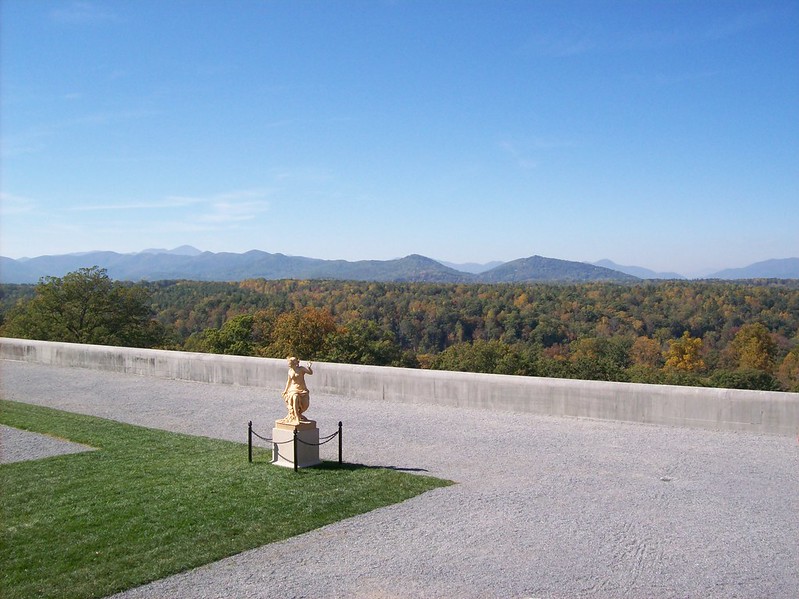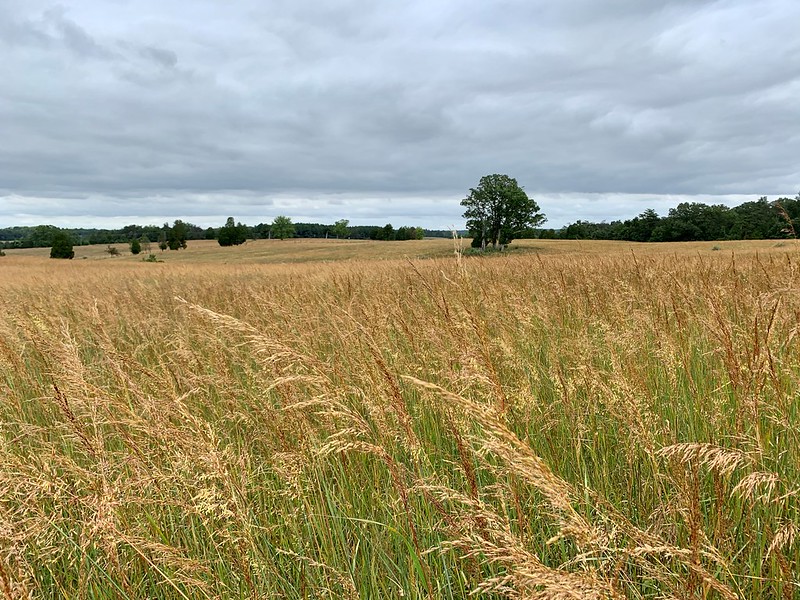
With a pandemic raging around the world, drastically altering so many lives, it’s hard to believe that any good can come from such chaos. But during chaotic times it’s important to look at and even study nature.
Fall is here and we can learn from what nature is teaching us--from the turning of the leaves to the burst of fall wildflowers to the golden glow of autumn grasses--nature finds a way to rebound and endure. You can’t keep it down.
Since learning, working, and living at home has become the reality for millions of Americans in the age of COVID-19, why not use this opportunity to learn about the innerworkings of fall and how it may differ in many parts of the county?

With learning at home in mind, the USDA Forest Service has themed this year’s fall colors campaign: Seeing Fall Colors Starts at Home.
In fact, our Fall Colors 2020 webpage has so many fun and colorful ways to learn about why leaves turn to the many hues of red, yellow and orange that you’ll want to share it with the whole family, and hopefully, all your friends!
And once you’ve learned a thing or two about leaf pigments, take a stroll outside and look around you. You’ll be amazed at how you’ll never again look at that fiery red maple tree, golden wild grass or brilliant purple wildflower the same.
Think of this year as the year you learned about the science of fall colors and had the chance to explore your neighborhood’s tree-lined streets or public parks with new eyes and gain some good from this disruptive time.

